Stock
For much of its length, the Derwent has a heavy canopy of trees which reach right down to the river banks in places. Although this makes casting difficult at times, it has the advantage that even during the brightest days there are always pools, or parts of pools, which offer shade and protection. Because of the lush vegetation it is often advisable to cast from a wading position. Although some pools can be covered in just Wellington boots, better water coverage is gained by wearing thigh waders.
[slideshow id=1]
Generally, long casting is unnecessary whereas short range accurate casting is. A fly rod between 7 – 8 foot in length, balanced to a floating line in the #3 – #5 weight is ideal. If you’ve fished rivers before then bring along your favourite flies, as patterns that work on the Derwent are varied and numerous. If you are new to fishing rivers then the following may act as a starting point:
The Brown Trout season starts on 22nd March and at this time of year traditional north country spider patterns such as March Brown, Partridge and Orange, Snipe and Purple, Greenwells Glory, etc on size 10 -14 hooks ( the maximum hook size allowed by the Angling Association is size 10) fished off a leader of approx. 3-4lb breaking strain with one fly fished as a dropper ( maximum number of flies to be used is two ). Also effective are more modern patterns such as Gold Bead Hare’s Ear, Pheasant Tail Nymph, Black Nymph and Olive Nymph again in sizes 10 – 14. Best tactics are to cast your wet flies across the river and let the current swing them around in an arc. Early season ( March – May ) sees the greatest activity from the Trout centred around the warmest parts of the day. Generally from midday through until 5pm should be the time to concentrate your efforts, as this will coincide with any natural fly activity. Good dry flies to try at this time of year during the hatches are Kite’s Imperial, Greenwell’s Glory, Grey Duster, Grey Wulff in sizes 14 – 16 fished off a 3lb point.
Another useful tactic, normally associated with stillwaters but very useful on the Derwent, and not just confined to the spring but at any time of the year, is to fish a Black Buzzer nymph ( size 14 – 16 ) upstream on a dead drift. The River Derwent has big hatches of chironomids, especially on the calmer sections, and these are readily taken by the fish.
As the season moves through into May hatches of olives are joined by the Hawthorn fly. The natural is a big black fly with long gangly legs and a fat thorax. It is not the best flying insect on this planet and often finds itself blown onto the water where it kicks and struggles in the surface film, which only helps to draw attention to itself. The fish love them, as do many birds at this time of year as it provides an easy meal. Don’t be caught out without a suitable imitation.
Towards the end of May and into June ( depending on the weather) will see the first hatches of Mayfly. This is the largest of the upwinged flies which hatch on the Derwent and is easily recognized by its large size and its creamy colour. Some years will see a big hatch of these flies while other years it can be sparse. Likewise, some days the trout go crazy for them while other days they will be completely ignored. The birdlife of the valley like them all the time. Again, don’t be caught without a suitable imitation e.g. Grey Wulff on a size 10 hook fished dry is as good as anything.
As the daylight hours extend in June, evening fishing moves to the fore. Fish can still be caught during the day ( especially on more overcast days) but by far the best time to fish is dusk. Hatches of Blue Winged Olives ( a small upwinged fly identified by the fact that it is the only one to have three tails) and Sedges really get the fish moving. Pools that looked devoid of fish during the daytime come to life as dusk approaches. Patterns to represent the stranded or emerging dun are CDC emergers, FFly and Poly Winged Dun on size 18 hooks. All these pattern sit in the surface film rather than on it. Fish these on nylon of approx. 2lb breaking strain but make sure that your nylon is treated with a suitable sinkant, products like Leadasink are ideal. This is vitally important as fish will often shy away from your fly if the nylon is floating, especially on the calmer, smoother glides where the fish have more time to inspect your fly. Remember, your best chance of deceiving a fish is with your first cast so make sure that your fly lands approx. three foot above him, your nylon sinks, and that your fly is drifting down naturally without any drag. Get these right and you are almost guaranteed a response from the fish. To represent the spinner of the Blue Winged Olive the best patterns are the more modern flies which lie flush in the surface film. Patterns such as the Rusty Spinner on size 16 or 18 hooks are excellent. Any emerging sedges at last light can be imitated by twitching your Rusty Spinner back across the surface of the water, a tactic which if you tried it an hour earlier would provoke no response from the trout. Sport during this last hour of daylight can often be fast and furious with the whole fish population of the river apparently on the feed.
July and August follow a similar pattern with daytime fishing better on the more overcast days, or look for the pools which offer a bit more shade. Evening fishing tends to be more predictable. September gradually sees a swing back to daytime fishing as the nights lengthen and the evenings are often cooler. Again, patterns such as those mentioned above on size 18 hooks on 2-3lb nylon are ideal. Again, make sure your nylon sinks as this also ensures your fly travels downstream on a drag free drift.
September 30th marks the last day of the Brown Trout season. However, there is no need to put your fly rods away as the Grayling offers sport right the way through autumn and winter, even on the coldest of days. On milder days they will take standard trout and grayling flies such as the Rust Spinner on a size 16 0r 18 hook. The most effective method, especially during periods of frost, is by using Czech nymphing tactics for them. In a nutshell this involves a floating fly line, a short leader of approx 6 – 7 foot of 3-4lb nylon and two flies spaced about 18 inches apart. Best patterns to use are various gold bead patterns such as Gold Bead Hare’s Ear on size 10 – 14 hooks ( with a brass or tungsten bead depending on current strength and pool depth) on the point with a Czech nymph (size 10 – 12) on the dropper. The beaded fly provides the weight to take the flies down while the Czech nymph seems to catch the majority of the fish. The technique is to cast upstream so that the flies quickly drop towards the river bed, ideally at a point opposite where you are standing and just at the point where the current sweeps them around. Watch the end of your fly line for takes. Grayling appear to prefer a fly presented in this manner rather than the traditional across and downstream method. The technique is also excellent for Trout at any time of the season especially in the absence of any rising fish, or for fishing on particularly fast and deep stretches of river.
Finally, club rules state that barbless hooks are to be used at all times and that the maximum hook size is size 10. This is all designed to preserve the stocks of trout and grayling. Many members return all their fish to the river, regardless of their size. Remember, if you kill a fish then you can’t catch it again.
The River Derwent has lots of Brown Trout between 6 and 10 inches in length, with many between 10 -12 inches, less in the 12 – 14 inch range and occasionally up to 16 inch and even beyond. The trout are chunky specimens and grow quickly for a northern river because of the abundant fly life. If you enjoy catching and releasing small Brown Trout and Grayling, which rise well to the dry fly presented accurately on light tackle, with a reasonable chance of catching something a lot bigger, then the Derwent has plenty to offer.




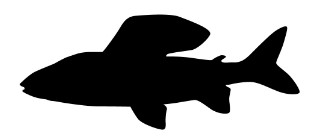
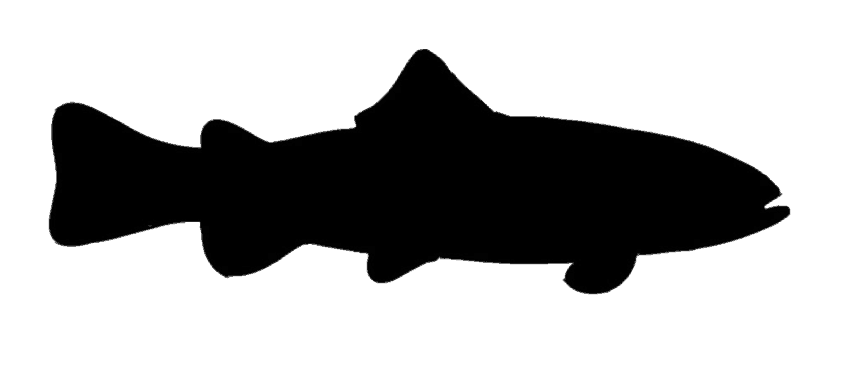
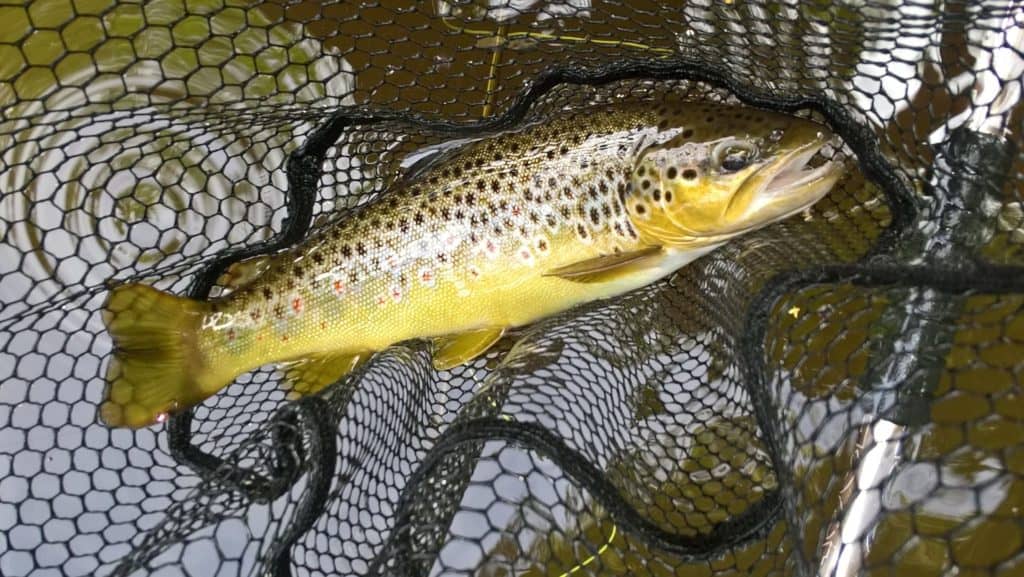
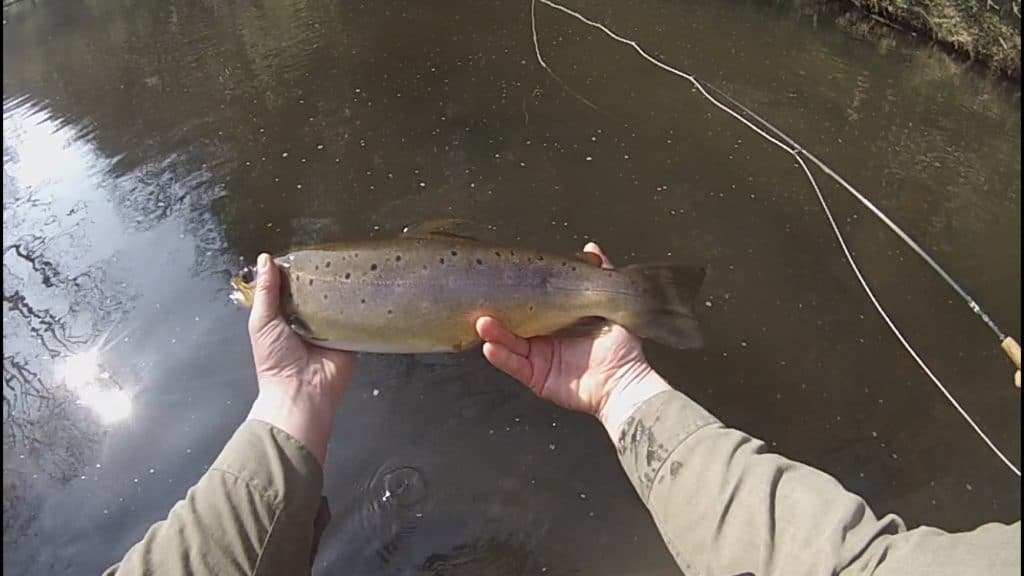
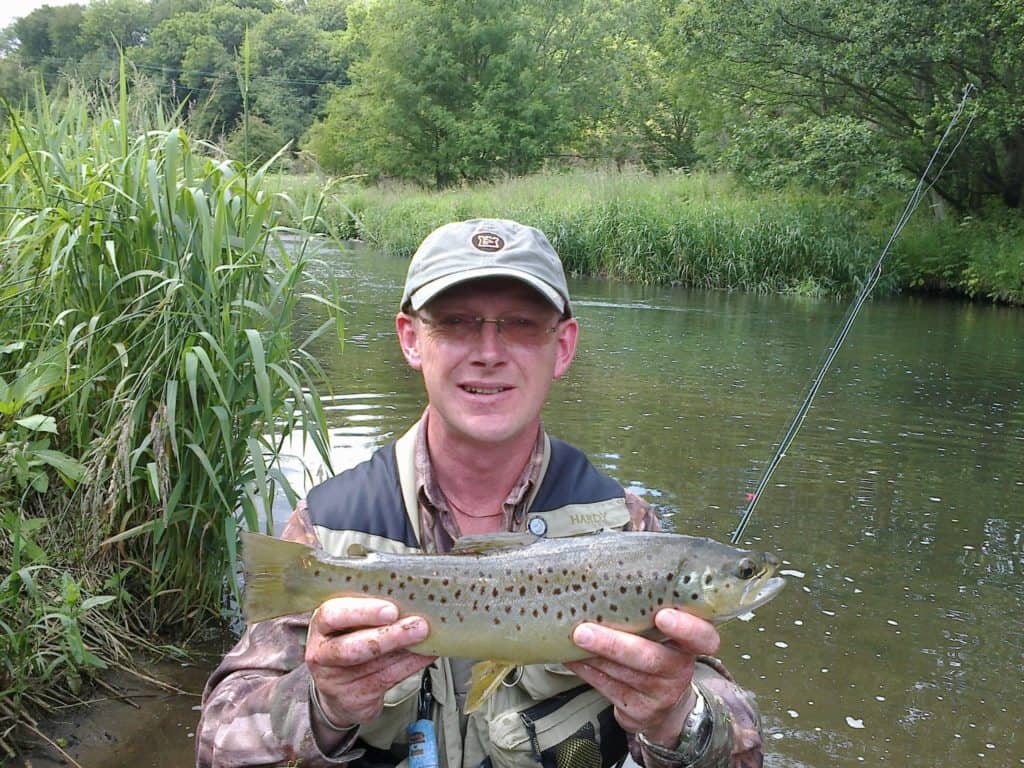
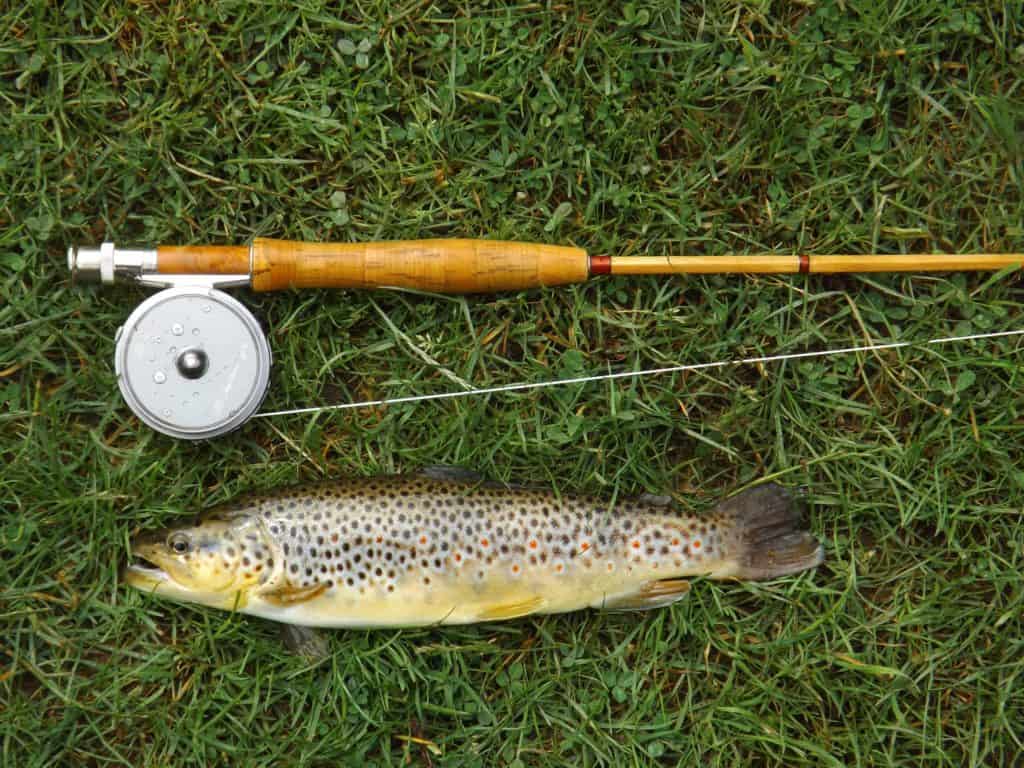
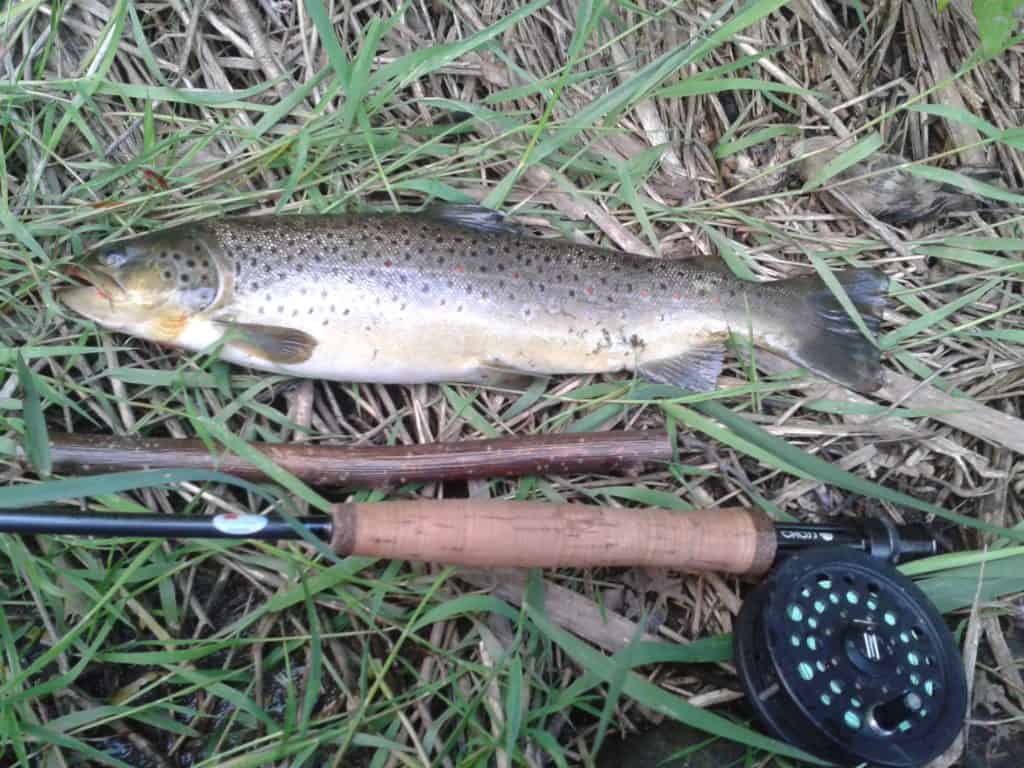
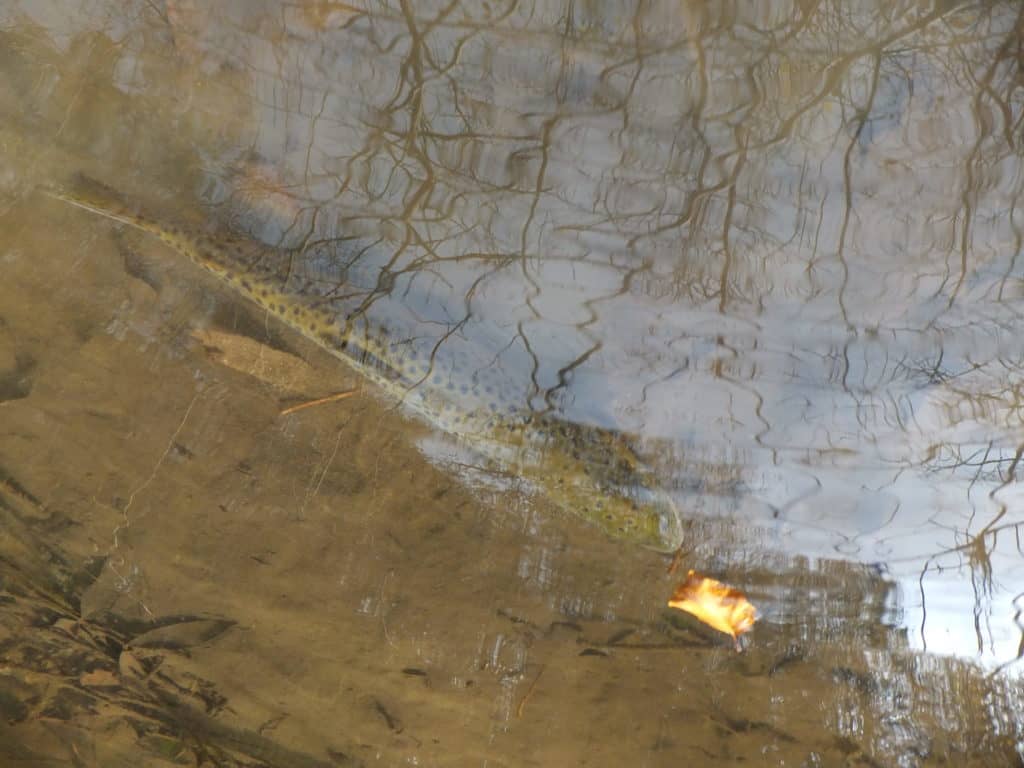
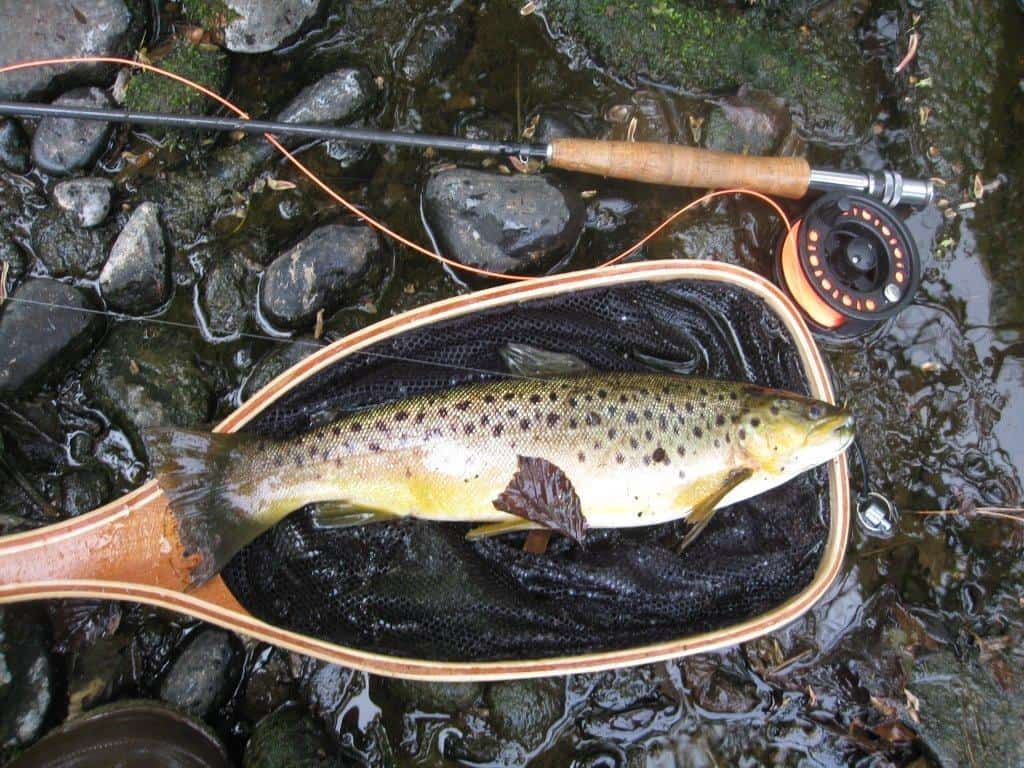
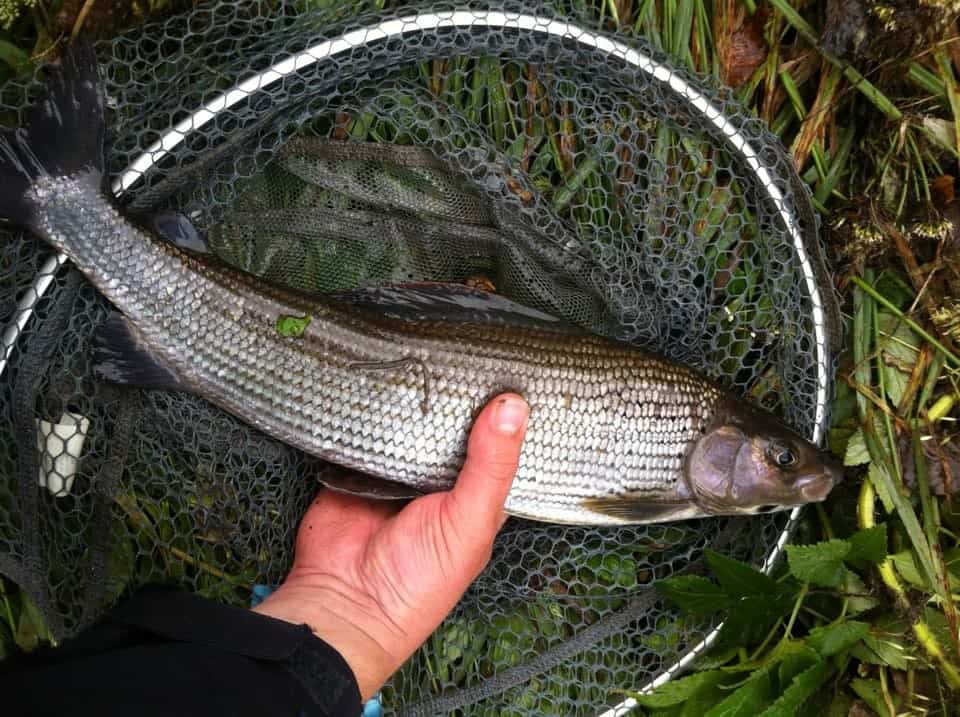

Add a review